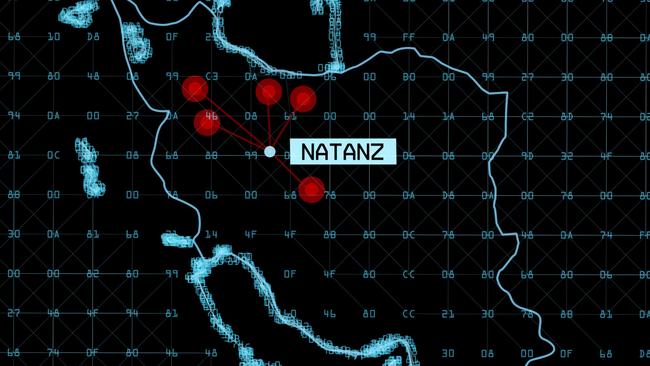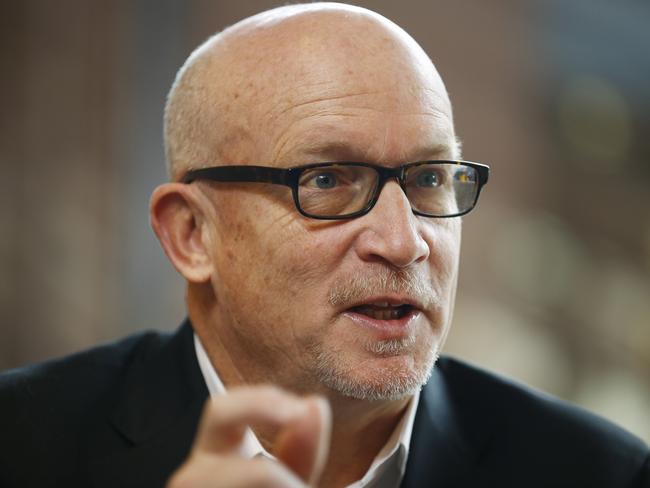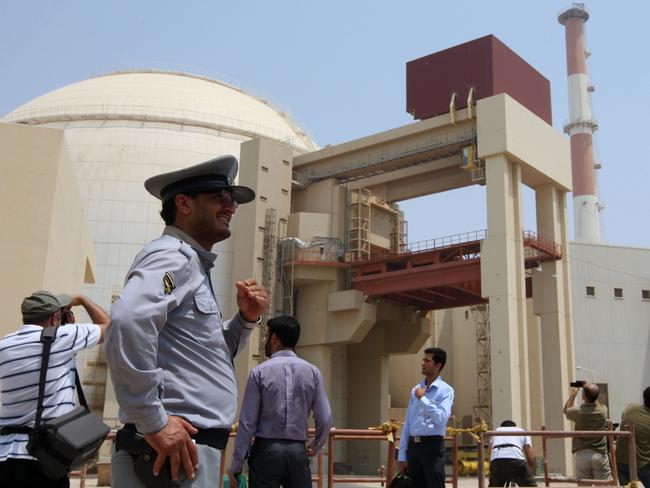Alex Gibney film gives chilling insight into the world of state sponsored cyber warfare unleashed by Stuxnet
IN 2010 nuclear facilities in Iran were secretly brought down with an unrecognisable computer code that has changed the face of global warfare.

IN 2010 a then unknown actor managed to disrupt a uranium enrichment plant in Iran by using an unprecedented and incredibly powerful cyber virus.
The world now knows it as Stuxnet and it has ushered in a whole new era of cyber warfare.
For those who have never heard of it, Stuxnet is a computer worm that targets industrial control systems that are used to monitor and control large scale industrial facilities like power plants, dams, waste processing systems and similar operations.
Such weapons have the potential to bring a modern society to its knees.
Once news of Stuxnet became public, it was long suspected the US was behind its creation. Former NSA contractor and infamous whistle blower Edward Snowden previously told German magazine Der Spiegel the US, along with Israel, created Stuxnet to destroy nuclear centrifuges in Iran.
It’s now known that the weapon was first commissioned under the Bush administration and then again during the Obama years.
Of course the US, or any other country, has never claimed responsibility but a new film by Oscar winning documentary filmmaker Alex Gibney delves into the nefarious creation of Stuxnet and the secret cyber arms race it ignited.
For him, the now infamous Stuxnet virus is the atomic bomb of cyber warfare.
It’s a comparison that is made continually in Zero Days which was released globally in cinemas and online this weekend.
It may sound like hyperbole but those at the cross section of computer science and warfare understand the significance of Stuxnet — which is considered the first act of cyber warfare by one country against another — can’t be overstated.
As former CIA and NSA director Michael Hayden put it in a foreboding piece of footage used in the film: “This has the whiff of August 1945. Somebody just used a new weapon and this weapon will not be put back in the box”.
Alex Gibney who has tackled WikiLeaks, Enron, Scientology and won an Oscar for Taxi to the Dark Side which depicted the torture of prisoners by US military personnel at Abu Ghraib believes the secret world of state sponsored cyber warfare has Hiroshima-like consequences for humanity.
“The potential threat from these kinds of cyberweapons is huge, especially when you start talking about shutting down electric power grids,” he said. “I’m not talking about the threat to me personally, but the threat to all of us. We’re just at a point where everyone is starting to recognise the potential calamity.”

THE STORY OF STUXNET
The top secret computer worm was designed by the US and Israel and first made its way to a nuclear enrichment facility in Natanz, Iran.
The film includes interviews with two cyber-sleuths from Symantec who were chiefly responsible for identifying the code and following the trail back to its authors.
The code infected the specific industrial control systems used by the Iranians without showing any signs of infiltration.
About 13 days after infection, the virus turned itself on and was able to speed up or slow down the centrifuges causing them to destroy themselves. The sabotage was so sophisticated it was able to unfold without showing any sings of problems on monitoring systems used by officials at the Iranian facility.
But sometime afterwards, the destructive computer code escaped due to a programming error and spread throughout internet, infecting computers around the world.
It was then that the Iranian government discovered that it had in fact been clandestinely attacked and computer researchers around the world were able to study the virus and eventually give it its name: Stuxnet.
According to a detailed New York Times investigation in 2012, after the code escaped US president Obama consulted with the pentagon about shutting it down but instead chose to deploy an updated version which temporarily took out nearly 1000 of the 5000 centrifuges Iran were using at the time to purify uranium.

Despite some extensive reporting on Stuxnet, there is still plenty we don’t know about what many view as the starting line of global cyber warfare.
The subject remains highly classified for US government officials and as such Gibney’s film continually runs into a wall of silence.
When asked about Stuxnet, the response of former CIA and NSA director Michael Hayden was to be expected.
“I don’t know, and if I did, we wouldn’t talk about it anyway,” he told the filmmaker with a wry smile.
However Gibney’s film paints a harrowing picture of the new frontier of state warfare and the filmmaker was happy with the pieces of the puzzle he was able to unearth.
“We ended up finding out some things in Israel that we didn’t really know. We went to Moscow. Slowly, but surely, we got stuff,” he told the Associated Press.
“I just really wasn’t able to figure out how the original version of Stuxnet got into the Iranian nuclear facility. We think it was a spy, but we don’t know exactly how it happened.”



